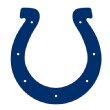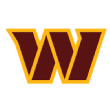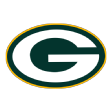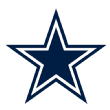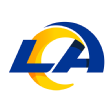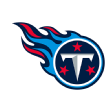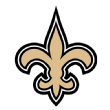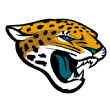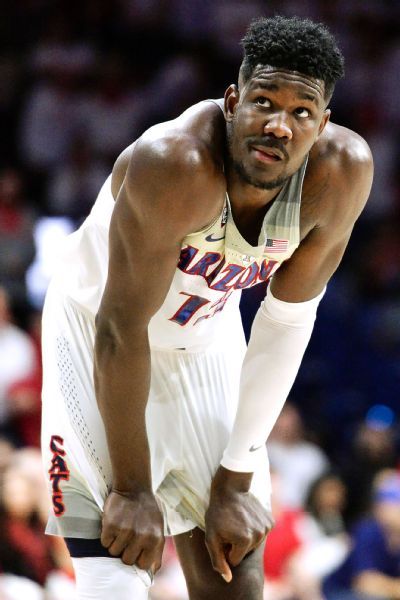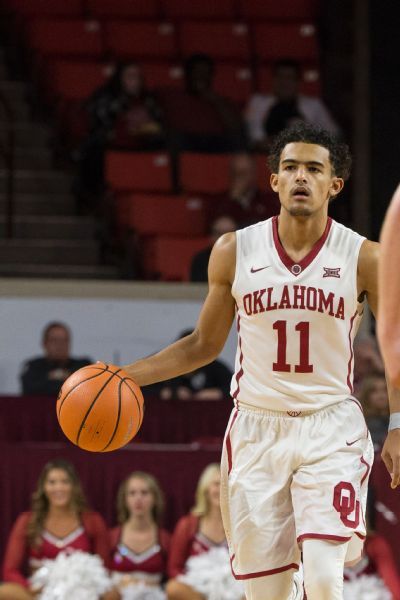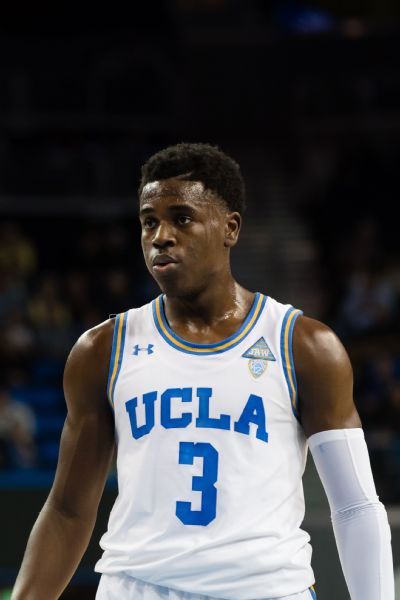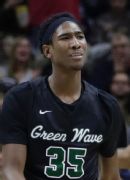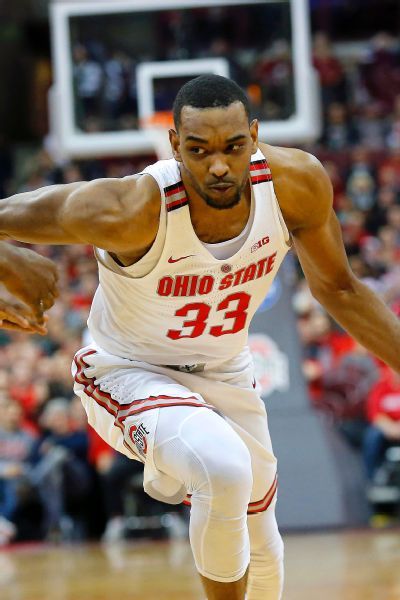NBA trade deadline: How can Houston catch the Warriors?
There is no shortage of confidence in Houston these days.
After passing a litmus test Saturday night against the defending champion Warriors, the Rockets can now enter the next two weeks before the trade deadline with a baseline of their current roster.
What moves will help them contend with the defending champs, and what kinds of deals can they make?
The untouchables
The new $169 million extension for James Harden also comes with a no-trade clause for one year (expires on July 7). Had Harden not signed an extension in the summer, the All-Star would be deemed untouchable on the trade market. Having an MVP-type season (once again), Harden is in the prime of his career at 28 years old and is the franchise cornerstone for this Houston team.
Besides Harden, three pieces of this Rockets roster -- point guard Chris Paul, top sixth man Eric Gordon and center Clint Capela -- are deemed part of their core.
"Our core is going to be our core and we feel very confident that this group can challenge for a championship," Rockets general manager Daryl Morey told ESPN in late December.
The combination of Paul, Harden and Capela is 18-0 when all three play. Gordon continues to play a big role, either coming off the bench or starting when Harden and Paul were out with injuries. Even with Paul and Capela hitting free agency in the offseason, the Rockets are comfortable that both players will be part of the long-term future.
He's not part of the core, but Gerald Green was signed to a one-year contract in late December and cannot be traded at the deadline.
The value of the roster
On any given night the Rockets can go 11 deep with their roster.
Still dominant on the offensive end (second in offensive rating), Houston changed the personality of its team by signing PJ Tucker and Luc Mbah a Moute for a combined $9 million in the offseason. Both players -- along with the addition of Paul (All-Defensive first team the past four seasons) -- plus returning starters Trevor Ariza and Capela have Houston ranked 12th in defensive rating, up six spots from last season. Before the Mbah a Moute injury, Houston ranked second, behind only the Warriors in defensive rating.
"We can roll out strong defensive lineups," Morey said. "We don't put out any lineup without three strong defenders. We have to be able to play both ends of the court."
As evidenced by their 25-4 record to start the season and their recent win, the Rockets can challenge Golden State in the Western Conference when healthy. The only question: Can the Rockets get to mid-April in one piece? Harden, Paul, Capela and Mbah a Moute all have missed time this season because of injury.
Rockets roster breakdown
Player Current Salary Roster Type
1. James Harden $28,299,399 Franchise
2. Chris Paul* $24,599,495 Franchise
3. Clint Capela* $2,334,528 Core
4. Eric Gordon $12,943,020 Top starter
5. Trevor Ariza $7,420,912 Starter
6. Ryan Anderson $19,578,455 Key reserve
7. PJ Tucker $7,590,035 Key reserve
8. Luc Mbah a Moute* $1,471,382 Key reserve
9. Nene Hilario $3,477,600 Rotation A
10. Tarik Black* $3,290,000 Rotation A
11. Gerald Green* $872,854 Rotation B
12. Troy Williams $1,471,382 Development
13. Chinanu Onuaku $1,312,611 Development
14. Zhou Qi $815,615 Development
*2018 Free Agent
The chemistry factor
Don't think that the Rockets' front office is content with the second-best record in the NBA.
"When you are in our window of a chance to win it all, you need to be aggressive like last year when we added Lou Williams," Morey said.
Since taking over as GM in 2007, Morey has been active at the deadline with 14 trades, the most of any current front office in the past 11 seasons. However, Houston's 33-12 record also brings with it concerns that making an in-season trade could disrupt the chemistry on and off the court.
"I think the better your team is, the more you think of continuity and chemistry," Morey said.
Case in point: Ariza. The starting small forward is on an expiring contract and continues to have value in the NBA based on his durability (he has missed only two games because of an injury in three seasons) and leadership. The Rockets could lose the small forward in free agency in five months, but trading him now would be detrimental.
Toughest contract to trade
A year from now, the Ryan Anderson contract will be deemed more of an asset. The starting power forward is under contract through the 2019-20 season with cap hits of $19.6 million, $20.4 million and $21.3 million. As the offseason showed in the dialogue with the New York Knicks about Carmelo Anthony, moving the current Anderson contract presents obstacles. However, as the months pass and his salary begins to decrease in the amount owed and years left, Houston will have a trade chip. Although his contract is bloated -- like the rest of the 2016 free-agent class -- and he has been plagued by inconsistent play, Anderson will not turn 30 until May and still presents challenges for opponents with his ability to space the floor.
Because the Rockets are also unlikely to be a major factor in free agency over the next few years because of the Harden extension and new contracts for Paul and Capela, Houston can shop the Anderson contract in 2019 and balance out the roster.
The tradable contracts
Houston does not have any trade exceptions available to acquire a player without giving up a contract. Without disrupting their depth, the Rockets do have young players such as Troy Williams, Zhou Qi and Chinanu Onuaku on minimum-salary-type deals that they could package together or separately. All three players are on either a partial or non-guaranteed contract for next season and could bring back salary ranging from $2.5 million to $6.4 million.
The Rockets are currently $2.67 million below the luxury tax and taking back salary would likely push them into the tax for only the third time since the 2002-03 season. Going into the tax could be justified based on Houston's record and title ambitions.
The roster change that moves the needle
Houston will need to keep Paul fresh for the second half of the season. Though Harden or Gordon can handle point guard duties when Paul is out of the game, Houston relied on two-way players (recently: Briante Weber) when Paul was out with an injury.
One name at backup PG stands out: the Grizzlies' Mario Chalmers. Chalmers is a free agent in the offseason and the asking price to acquire him is not high since Memphis is out of playoff contention.
Chalmers is on a minimum contract and can be acquired without giving up a player. There also is no need to give up a draft pick for a three-month rental, and Houston can send back cash to make a deal work.
The limited draft assets
Unlike last season when Houston was able to trade its 2017 first-round pick and add scoring off the bench in Lou Williams, the Rockets do not have that luxury this trade deadline.
The Paul trade in June has left the Rockets without their first-round pick this year. Houston is not allowed to trade a first during the season until two years after its pick owed to the Atlanta Hawks is conveyed. The Hawks (via the Clippers) are projected to land the 28th pick in the draft from the Rockets (top-four protected).
Houston does have what is projected to be the 53rd pick (from Miami) in the draft and, starting in 2020, its own second picks.
Post-trade deadline roster movement
Houston will have an open roster spot available if there is no trade to be made.
The Rockets have only the prorated minimum exception available and will have an eye on the buyout market at the end of February.
One veteran who could be available by March 1 is the Magic's Arron Afflalo. While offense is not an issue in Houston, adding another shooter off the bench -- even if Afflalo is on the downside of his career -- could prove to be beneficial.
Signing a player would cost Houston roughly $400,000 and keep the Rockets under the tax.


